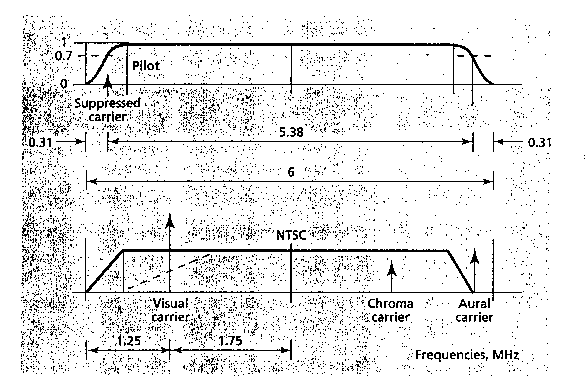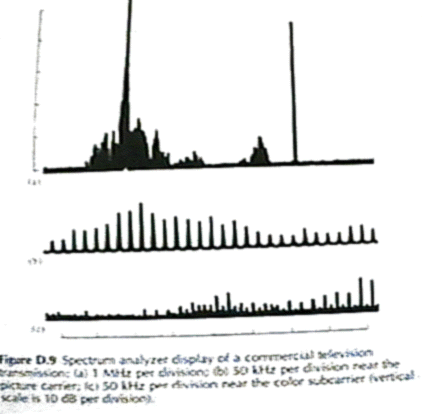Q: Since MPEG audio can also provide 5.1 channels, this is not one of the issues where MPEG Audio and AC-3 differ. Can you re-confirm this?
In tests done by so-called "trained" listeners, no discernable differences have been found in the quality of audio reproduction between the two standards (for the same bitrate).
From the DVD faq: http://www.videodiscovery.com/vdyweb/dvd/dvdfaq.html, section 3.6MPEG audio is multi-channel digital audio, compressed from original PCM format with sample rate of 48 kHz at 16 bits. Both MPEG-1 and MPEG-2 formats are supported. The variable bitrate is 32 kbps to 912 kbps, with 384 being the normal average rate. MPEG-1 is limited to 384 kbps. Channel combinations are (front/surround): 1/0, 2/0, 2/1, 2/2, 3/0, 3/1, 3/2, and 5/2. The LFE channel is optional with all combinations. The 7.1 channel format adds left-center and right-center channels, but will probably be rare for home use. MPEG-2 surround channels are in an extension stream matrixed onto the MPEG-1 stereo channels, which makes MPEG-2 audio backwards compatible with MPEG-1 hardware (an MPEG-1 system will only see the two stereo channels.)
| MPEG-2 Audio | -- backward compatible to MPEG1, ISO standard
-- can be expanded to 7 channels -- the standard for digital TV in Europe |
| Dolby AC-3 | -- dynamic range compression
-- the standard for digital TV in the US |
And finally, for Dolby's side of the story (lots of MPEG bashing), look at http://www.dolby.com/dvd/sel-code.html
Q: Please provide more update and details about FCC's V-chip.
Section 551 of the Telecommunications Act of 1996 was passed by Congress to encourage the video programming industry to establish voluntary rules for rating video content that is not suitable for children.
The television industry in Jan 1997 has also established its own voluntary standard for rating television shows, with ratings such as TV-Y (suitable for all children) to TV-M(V) (For mature audiences only, violence)
For a good overview of the ratings system, go to http://www.geocities.com/Hollywood/Hills/6578/ratings.htm
The FCC will also mandate that every television set contain electronic means of allowing parents to block such undesirable content, though no specific mechanisms have been decided upon. It will probably be similar to the current closed captioning system. The earliest date of implementation for this would be Feb 1998.
For more information about the v-chip, go to http://www.fcc.gov/vchip/
Q: You mentioned that MPEG2 HDTV requires ~15 GOPS. At what resolution is this calculated? How many GOPS does MPEG-2 SDTV (~720x480) require?
Well, apparently the source of the number (15GOPS) is quite outdated (circa 1994). No commercial vendor of digitizing equipment (e.g. Sony) seems to want to publish their processing power requirements either. The range of processing requirements as gathered from published papers appear to be around 1 - 100 GOPs, for resolutions from SDTV to HDTV.
Q: You mentioned that the analog TV spectrum has most of the energy concentrated in the low frequency, but the HDTV spectrum is relatively flat, so redesign of the transmitter. Can you be more specific about the spectrum comparison? For example, can you show some sample spectral plots for the two cases? Would be nice if you could provide some references.
From one of the speeches given at the NAB '98 conference: http://www.nab.org/Conventions/nab98/daily/dtvrealities.html
Ernest Mayberry of Dielectric Communications:
"The DTV spectrum is flat across the 6Mhz channel, except for the last 0.3 Mhz at the edges. With DTV it will no longer be possible to favour one portion of the channel. Therefore the DTV antenna output response needs to be good across the 6Mhz channel at depression angles that include the served population."
To visualize this, take a look at this!
 http://www.ee.washington.edu/conselec/CE/kuhn/hdtv/95x54.gif (digital)
http://www.ee.washington.edu/conselec/CE/kuhn/hdtv/95x54.gif (digital)
